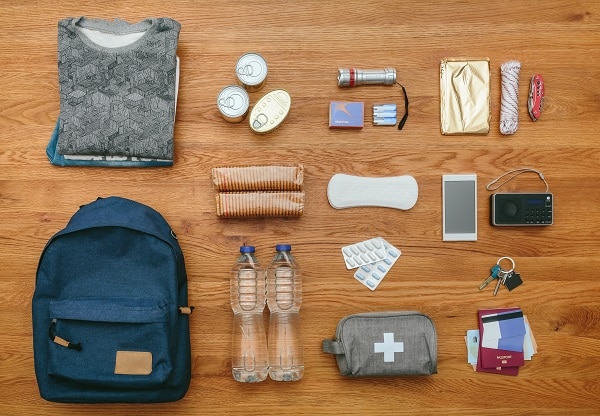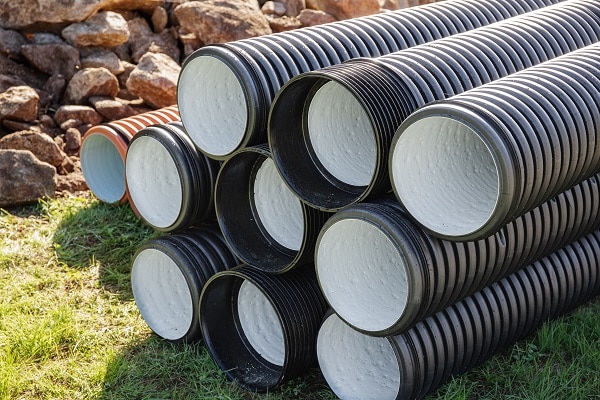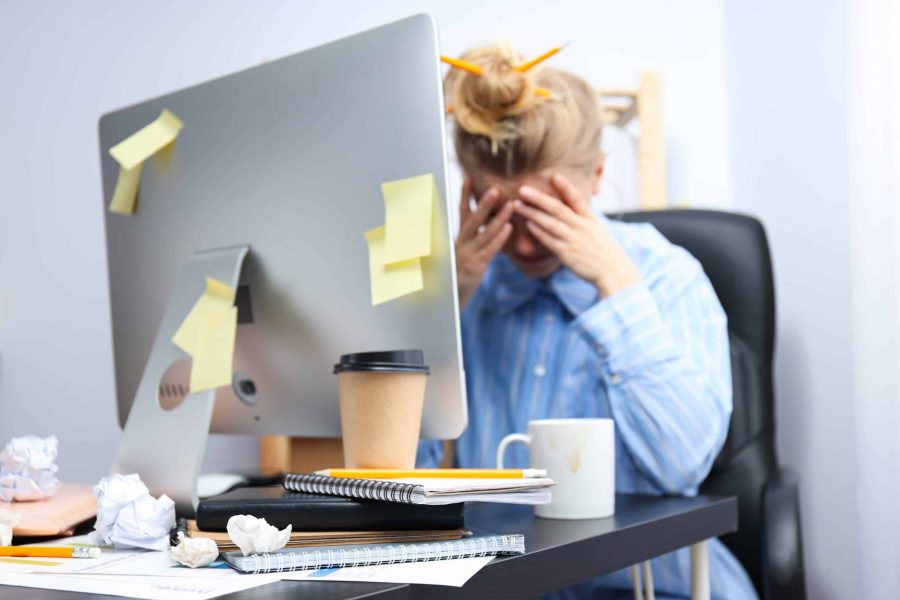It is a common misconception that people who live in areas at risk of natural disasters are the only ones who need to prepare for them. However, this is not the case. Everyone needs to prepare for disasters. A disaster can happen anywhere and without warning, and preparation is the key to surviving a disaster situation. It will help you survive the event and help you recover after it passes. This article will take a look at different ways that you can prepare your home for a natural disaster.
Contents
Have An Emergency Supply Kit

One of the most important things you will ever do before a disaster is to make an emergency supply kit. An emergency supply kit should include non-perishable food, water, a first aid kit, tools, and other items, depending on your situation. You can purchase a premade one or make your own with items available in your home. You need to ensure that you include enough food and water for everyone in the family because it will be impossible to go out during a disaster. Also, if you live somewhere cold, don’t forget to pack extra blankets.
Secure Large Furniture

When you are in the middle of an earthquake, your house will start shaking. It will become challenging to stay on your feet if everything around you is moving. There are several ways to secure large furniture like bookcases and dressers, so they don’t fall over during an earthquake or another type of disaster. You can use screws and brackets to attach furniture to the wall or purchase earthquake putty that you can stick your furniture to the ground with.
Understand What Your Insurance Covers

Make sure you understand what your current home insurance policy covers and does not cover. Sometimes, homeowners’ and renters’ insurance do not cover natural disasters like earthquakes and floods. However, specific policies offer additional coverage to help you recover after a disaster. Before purchasing anything, make sure to research the type of policy you need before signing any contracts. It is also important to know the deductibles before you file a claim. This way, if your property sustains damage, you can make it more manageable by filing smaller claims instead of one large one. Additionally, it will help prevent stacking up costs that might lead to financial trouble in the future.
Install Storm Protectors

Storm protectors are panels that you attach to windows and doors. They can keep the glass from shattering during a disaster, which means it will be much easier for someone to enter your home. Storm protectors can also prevent rot and other types of damage when a window or door is left open for a long time. Sometimes, homeowners’ insurance does not cover damage caused by hurricanes or tornadoes, so having these can save you some out-of-pocket costs.
Install A Safe Room

If you have done everything in your power to prepare your home, but it still sustains significant damage during a disaster, you need to be prepared to handle the aftermath. To do so, you need a safe room. A safe room is a small space in your home that can withstand a lot of pressure and protect you from any harmful materials or objects flying outside. Many companies specialize in creating safe rooms, so make sure to do some research before building one yourself.
Do Not Forget About Drainage

It is crucial to prepare the outside of your home for a natural disaster. When it is raining, you do not want slow drainage because this will cause water damage to your property. One way you can prevent this from happening is by purchasing exterior drain tiles that can collect rainwater and keep it out of the soil around your home’s foundation. Proper drainage will reduce the water damage to your foundation and prevent the growth of damaging fungi and other types of flora that can cause problems in the future.
Conclusion
Now that you know all of the ways to prepare your home for a natural disaster, it is time to put this information into action. Start by purchasing necessary items and securing your house as best as possible. Be sure not to forget about drainage and storm protectors on the outside. Ensure that you understand what insurance covers, and do not forget to prepare your safe room. These are all important things that can help protect your home and the people in it during a natural disaster. Be sure to follow these instructions carefully, so you can feel at ease knowing that you did everything possible to prevent damage from happening to your property.



